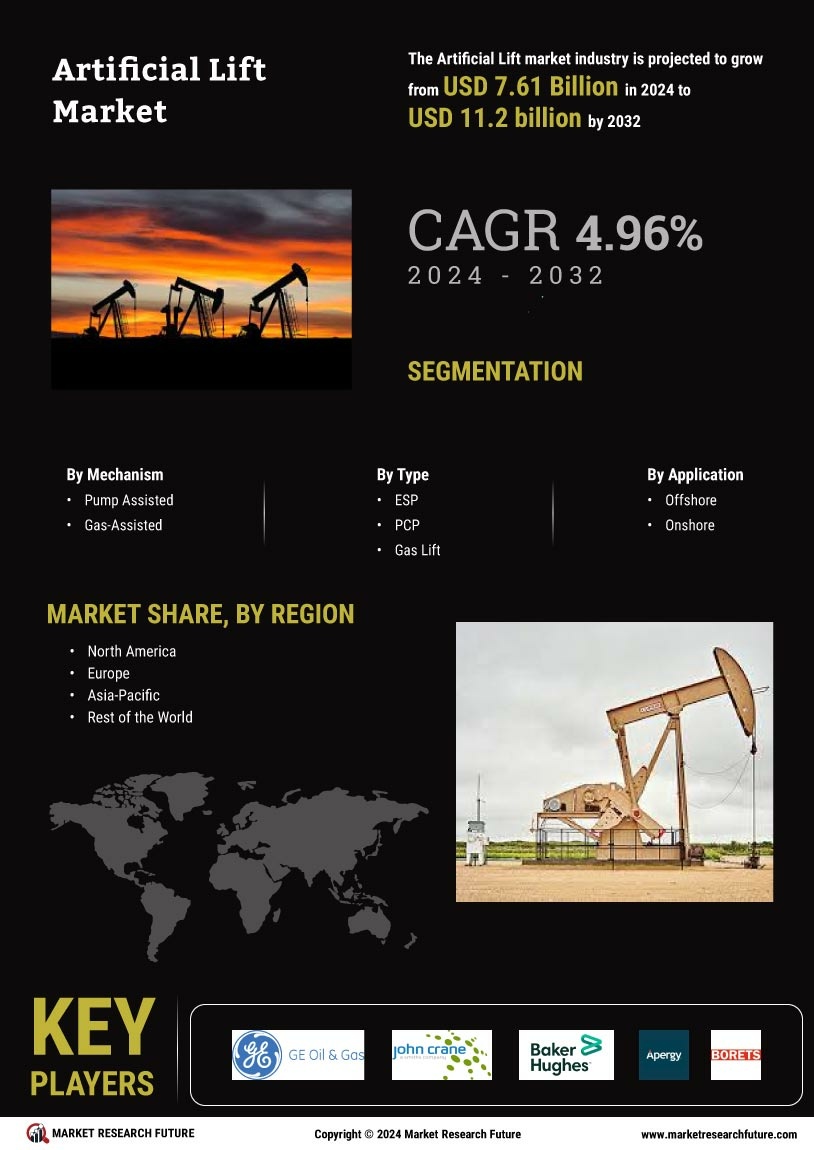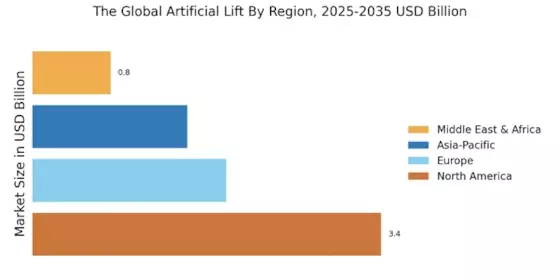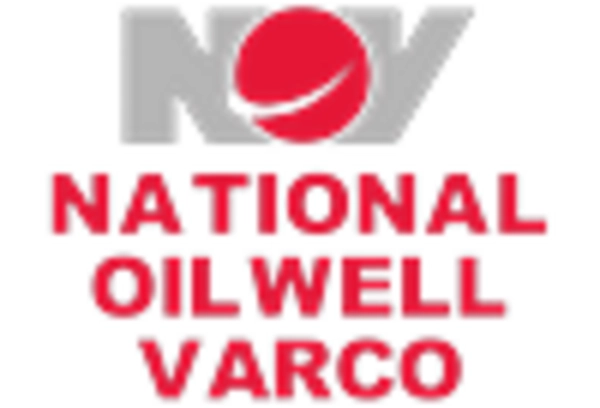Global Artificial Lift Market Summary
As per MRFR analysis, The Global Artificial Lift Market Size was estimated at 7.61 USD Billion in 2024. The artificial lift industry is projected to grow from 7.988 USD Billion in 2025 to 12.96 USD Billion by 2035, exhibiting a compound annual growth rate (CAGR) of 4.96 during the forecast period 2025 - 2035.
Key Market Trends & Highlights
The Global Artificial Lift Market is poised for substantial growth driven by technological advancements and increasing demand for enhanced oil recovery.
- Technological advancements in artificial lift systems are reshaping operational efficiencies across the industry.
- North America remains the largest market, while Asia-Pacific is emerging as the fastest-growing region for artificial lift solutions.
- Pump-assisted systems dominate the market, whereas gas-assisted systems are witnessing rapid growth due to their efficiency.
- Key market drivers include rising oil and gas production activities and a strong focus on sustainability and environmental regulations.
Market Size & Forecast
| 2024 Market Size | 7.61 (USD Billion) |
| 2035 Market Size | 12.96 (USD Billion) |
| CAGR (2025 - 2035) | 4.96% |
Major Players
Schlumberger (US), Halliburton (US), Baker Hughes (US), Weatherford International (US), National Oilwell Varco (US), Tenaris (AR), Aker Solutions (NO), Cameron International (US), GE Oil & Gas (US)


















Leave a Comment